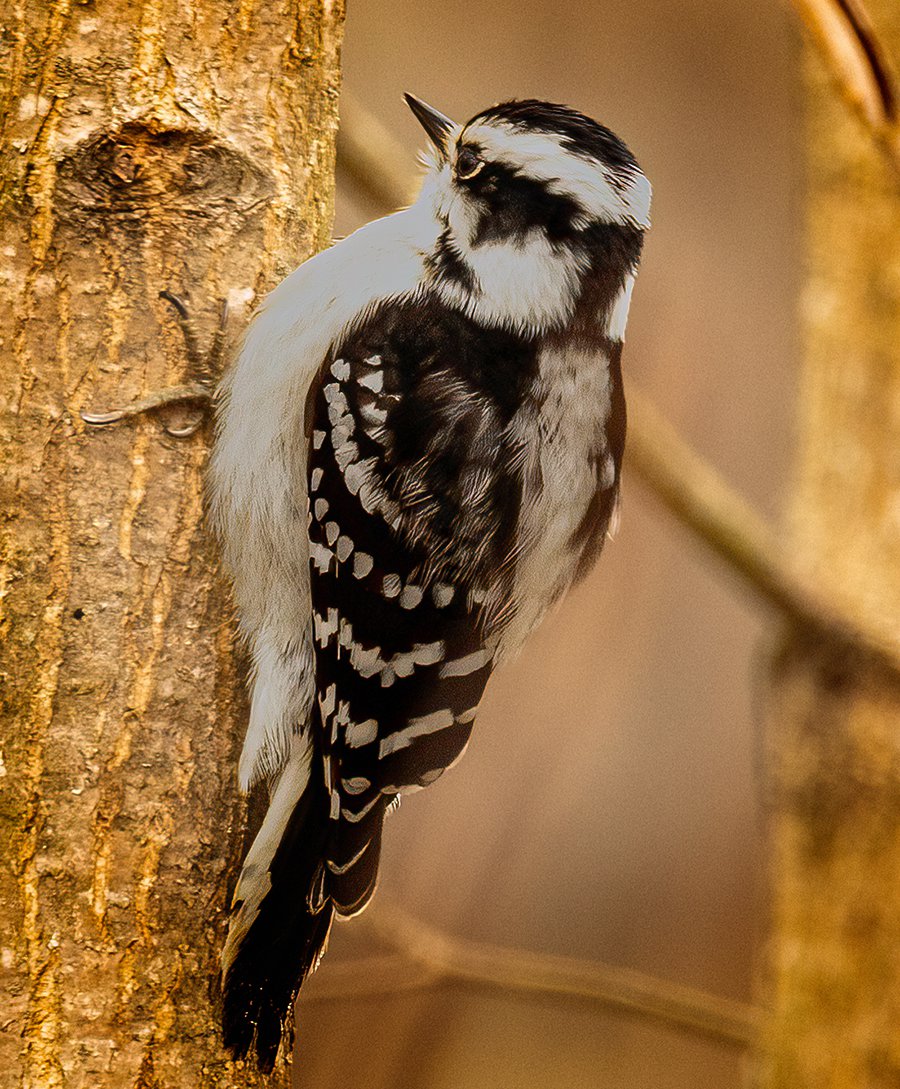Running Into Woodpeckers in Florida: Variety Variety and Identification
Running Into Woodpeckers in Florida: Variety Variety and Identification
Blog Article
Discover the Fascinating Globe of Woodpeckers: Every Little Thing You Need to Know
The world of woodpeckers is a world filled up with one-of-a-kind actions, elaborate adaptations, and a diverse array of types. From their environments and distribution patterns to their feeding habits and specialized physiological functions, woodpeckers have long astounded the rate of interest of ornithologists and nature enthusiasts alike. Understanding the details of these interesting birds supplies a peek right into the complicated interplay in between their biology and the environment. As we discover the world of woodpeckers further, we reveal a riches of details that clarifies their importance in ecological communities and the difficulties they face in an ever-changing globe.
Woodpecker Habitats and Circulation
In North America, for example, woodpeckers can be detected in both coniferous and deciduous woodlands, utilizing their strong beaks to forage for pests and develop nesting tooth cavities in trees. In Africa, certain woodpecker varieties have actually adapted to arid settings, such as the acacia forests, where they play a critical duty in controlling insect populations.

Feeding Behaviors and Diet Plan
Woodpeckers utilize their strong beaks to drill into the bark of trees, penetrating for insects and larvae hidden beneath the surface. In addition to bugs, woodpeckers additionally eat nuts, seeds, fruits, and sap.
Woodpeckers are known for their drumming habits, which serves not just to interact with other woodpeckers however also to situate food. The quick drumming noise is developed by the bird pecking on resonant surfaces like dead trees or metal posts. This habits can attract bugs hidden in the timber, permitting the woodpecker to find their existence and eat them.
One-of-a-kind Adaptations for Tree Climbing
In their experienced quest of pests hidden within tree bark, woodpeckers have developed exceptional physiological functions that equip them with unique adaptations for effective tree climbing. Woodpeckers have solid neck muscles and an one-of-a-kind skull structure that take in the influence of consistent pecking, enabling them to climb vertically without creating harm to their brains. These adjustments showcase the amazing evolutionary layout that enables woodpeckers to navigate trees with precision and efficiency.
Diverse Woodpecker Types Worldwide
With over 200 various species spread across various environments worldwide, the family of Picidae encompasses an impressive diversity of woodpeckers. These birds can be discovered in woodlands, forests, savannas, and even urban areas, showcasing their versatility to various wikipedia reference settings. From the iconic Northern Flicker in The United States And copyright to the vivid and elusive Crimson-backed Flameback in Asia, each woodpecker types exhibits distinct attributes in regards to plumage, behavior, and environment preference.
Woodpeckers vary greatly in size, with the diminutive Downy Woodpecker measuring around 6-7 inches in length, while the powerful Lineated Woodpecker special info can reach up to 17 inches - Woodpeckers in Florida. Their beaks additionally come in different shapes and sizes, reflecting their feeding habits. Some varieties concentrate on drawing out bugs from tree bark, like the Acorn Woodpecker, while others, such as the Black-cheeked Woodpecker, feed on fruits and seeds

Preservation Initiatives and Challenges
Preservation campaigns for woodpecker populations are crucial in alleviating the effect of habitat loss and other risks dealing with these varied bird varieties. Woodpeckers encounter various challenges to their survival, mostly as a result of logging, urbanization, climate modification, and invasive species. To attend to these problems, conservation initiatives concentrate on protecting and bring back woodpecker habitats, implementing sustainable forestry techniques, and elevating recognition about the relevance of these birds in environments.
One significant obstacle in woodpecker preservation is the fragmentation of their environments, leading to isolated populations that are more at risk to termination - Woodpeckers in Florida. Preservationists work to develop wildlife passages and secured areas that link these fragmented habitats, permitting woodpeckers to move between different areas for feeding, reproducing, and shelter

Conclusion
To conclude, woodpeckers are interesting birds with unique adaptations for tree climbing and feeding actions. They can be discovered in diverse environments worldwide, dealing with conservation challenges because of environment loss and human tasks. Understanding their habitats, diet regimens, and actions is vital for conservation initiatives to shield these crucial bird types. More research and conservation activities are needed to make sure the survival of woodpeckers in the original site wild.
Report this page